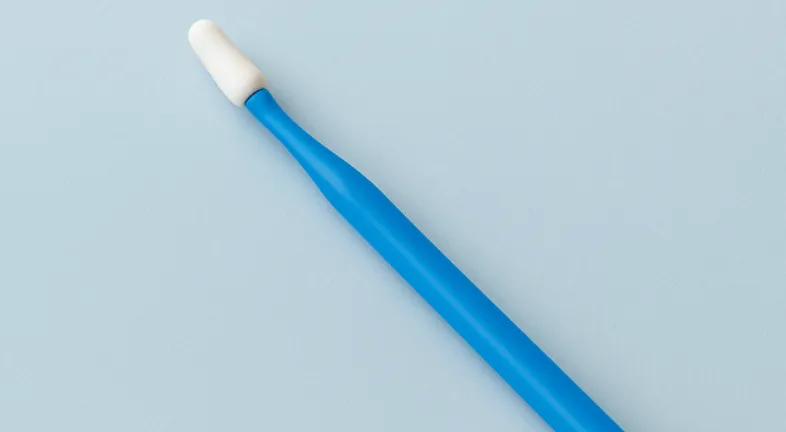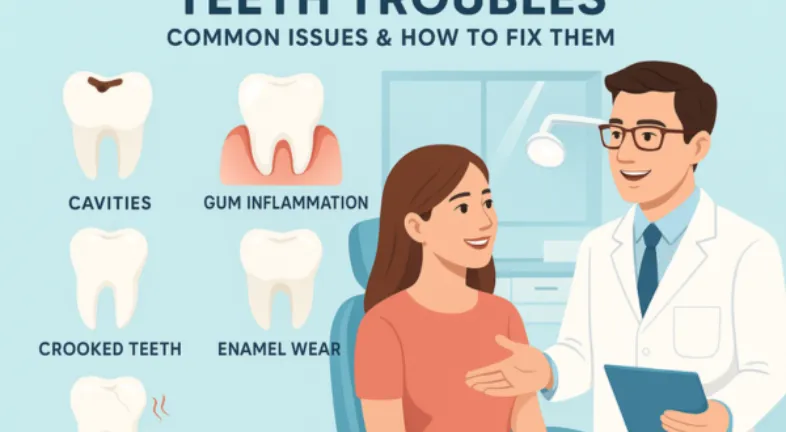
With rising prices of dental treatments, many people in the UK might be asking: Can you get braces for free? The answer is: Yes, but a few conditions apply. There is the possibility of having braces free in the UK through NHS facilities; however, they do have selective criteria for free dental braces eligibility in UK and mostly accept young patients who have specific clinical needs. Therefore, these treatments are quicker and offer more options when taken privately, but, of course, they come at a cost.
This guide discusses NHS orthodontic treatment, who is entitled to it, the differences between it and private care, and what you need to know about funding orthodontics in the UK.
Yes, you can—but mostly if you're a child or teenager and your case is medically necessary. The NHS won’t cover braces for minor or cosmetic concerns. So, how to get braces through the NHS? It all starts with a visit to your general dentist, who must first assess your teeth and refer you to an NHS orthodontist if they believe treatment may be needed.
From there, an orthodontist assesses your condition using something called the Index of Orthodontic Treatment Need (IOTN). Only those who score a 4 or 5, meaning severe dental issues, automatically qualify. Those with a grade of 3 might still be accepted, depending on how the issue affects your appearance and daily life.
The NHS has strict guidelines. Children and teenagers under 18 are the primary group eligible for free NHS braces, but they still require a referral from a dentist and a qualifying IOTN score. Adults can only get NHS-funded braces in rare cases where there’s significant pain or functional issues. Cosmetic reasons won’t cut it. So yes, free treatment is available, but only if it’s clinically necessary.
If you qualify, the NHS typically provides traditional fixed metal braces. These are very effective for most alignment problems. The NHS also covers all check-ups, adjustments, and retainers after your braces come off. What it won’t cover are cosmetic upgrades such as clear aligners or ceramic braces. One big downside? The wait times. In some areas, it can take six months to two years to start treatment due to limited NHS resources.

When considering braces in the UK, one of the most common questions is: How much are braces in the UK for under 18s? If eligible, patients under 18 can receive braces free of charge on the NHS, offering significant financial relief to many families. However, NHS treatment comes with strict criteria and long waiting lists.
In contrast, private orthodontic treatment offers faster access, more flexibility, and a wider range of options like clear aligners or ceramic braces, but it comes at a cost. Metal braces privately can cost between £1,800 to £3,000. Ceramic or clear braces are more expensive, ranging from £2,000 to £5,000, depending on complexity and the clinic. Private clinics may also offer payment plans or financing options, which allow you to spread the cost over several months or years.
If your child is under 18, they might qualify for free NHS braces—but only if they meet the clinical requirements. The catch? Treatment must start before they turn 18. Your child’s dentist will need to refer them for an orthodontic assessment. If they’re approved, they go on a waiting list. It's smart to get the ball rolling early to avoid aging out of the system. If they don’t qualify, private care is still an option, with faster access and more choices.
The UK’s NHS system is designed to prioritize treatment for those who need it most. Orthodontic funding in the UK is therefore focused on medical necessity rather than cosmetic improvement. This is why only grades 4 or 5 on the IOTN scale qualify for NHS support. The goal is to ensure that NHS funds go to patients whose dental health and function are affected by their misalignment.
However, growing demand has strained NHS resources, resulting in long waiting times and limited availability for orthodontic appointments. For patients who don’t meet NHS criteria or wish to skip the waiting list, private funding options are widely available. These include 0% financing, monthly installment plans, and dental insurance plans that include orthodontic coverage.
| Factor | NHS Treatment | Private Treatment |
| Cost | Free (if eligible) | Expensive but flexible |
| Waiting Time | Long (6-24 months) | Short (1-4 weeks) |
| Type of Braces | Metal only | Metal, ceramic, clear, lingual |
| Customization | Basic | High |
| Age Limit | < 18 typically | No age limit |
Take Sophie, a 14-year-old from Birmingham. Her dentist spotted a major overbite and referred her to the NHS. She was given an IOTN grade of 5, making her eligible. However, the NHS waiting list in her area was over 14 months. Her parents decided to go private, choosing ceramic braces for £2,800. They started treatment within weeks and used a 24-month interest-free payment plan to spread out the cost.
If the NHS denies your application for braces, don’t panic. First, ask for your IOTN grade and a copy of the decision. You may appeal the result, though success is rare unless you can demonstrate a serious functional issue. Many families in this situation explore private options.
The good news is that private orthodontic care is more accessible than ever. Clear aligners from companies like Caspersmile offer complete treatment plans starting from £749, with monitoring and flexible payment options. This makes private braces a realistic option even for those on a tight budget.
.webp)
At-home teeth straightening brands like Caspersmile make it easy to achieve a straighter smile, without dealing with traditional metal braces. It’s a convenient and modern alternative for fixing crooked teeth and getting the confident smile you’ve always wanted. From your initial assessment to receiving your custom-made aligners, everything is handled remotely and shipped straight to your door. With flexible plans available, you can choose between daytime or nighttime wear, whichever fits your lifestyle best.
Getting braces for free through the NHS can be a great option—if you qualify. However, the strict rules and long waiting lists can make the process frustrating. For children under 18 with serious dental issues, NHS treatment is the best path. However, if you're an adult or fall into a borderline category, private treatment might be your only option. The good news? Private orthodontics has become more accessible thanks to advances in technology and more affordable pricing. Clear aligners, flexible payment plans, and convenient at-home treatment kits have made it easier than ever to get the smile you've always wanted.




Curated the best for your knowledge
 What Are Gum Simulators and How Do They Improve Oral Health?
What Are Gum Simulators and How Do They Improve Oral Health?When trying to maintain a perfectly healthy smile, most people tend to focus on proper brushing and regular flossing, but there's another underrated tool that can be extremely helpful in keeping your mouth healthy. The gum stimulator. Though it may sound like a complicated dental instrument, a gum stimulator is actually a fairly simple yet effective tool. It's designed to strengthen and massage your gums while removing plaque from areas that are tough to clean. It does all of this while boosting blood circulation in your gums.
Read More What Are the Best Ways to Straighten Your Teeth?
What Are the Best Ways to Straighten Your Teeth?Teeth straightening is not just limited to cosmetic concerns, but it also helps resolve any of the functional issues, including bite alignment. Dental misalignments have become common among individuals of all ages. Regardless of whether you are dealing with crowded teeth, gapped teeth, or any other dental issues, there are now various ways to straighten teeth. The advancements in dentistry have introduced a range of options. From braces vs aligners to other orthodontic devices, teeth straightening has never been easier. In this blog, let us help you explore the best ways to straighten teeth.
Read More Teeth Troubles: Common Issues & How to Fix Them
Teeth Troubles: Common Issues & How to Fix ThemMaintaining good oral health goes hand in hand with your general health, but at one point or another, most people will deal with a few common tooth issues. Whether from tooth decay or sensitive teeth, dental issues can be uncomfortable and affect your everyday life. This blog will explore several tooth problems and their treatments. By learning about dental problems and their treatments, you'll be more capable of proactively caring for your oral health and being on your way to a brighter smile and a healthier you.
Read MoreQuick Links

Heading